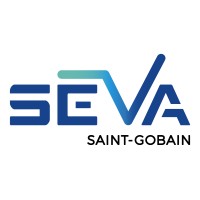
Tadano PM Series
Established in 1959, PM Group S.p.A. is the leading Italian manufacturer of truck-mount hydraulic cranes Building a strong tradition of technology and innovation has allowed PM to establish sound professional relations and win over ever-larger market shares in Italy and abroad. At present, the PM product range includes over 50 series, with over 350 set-ups available. From the design to the structural building, from the material quality control to the final inspection, everything is done in the PM works.






